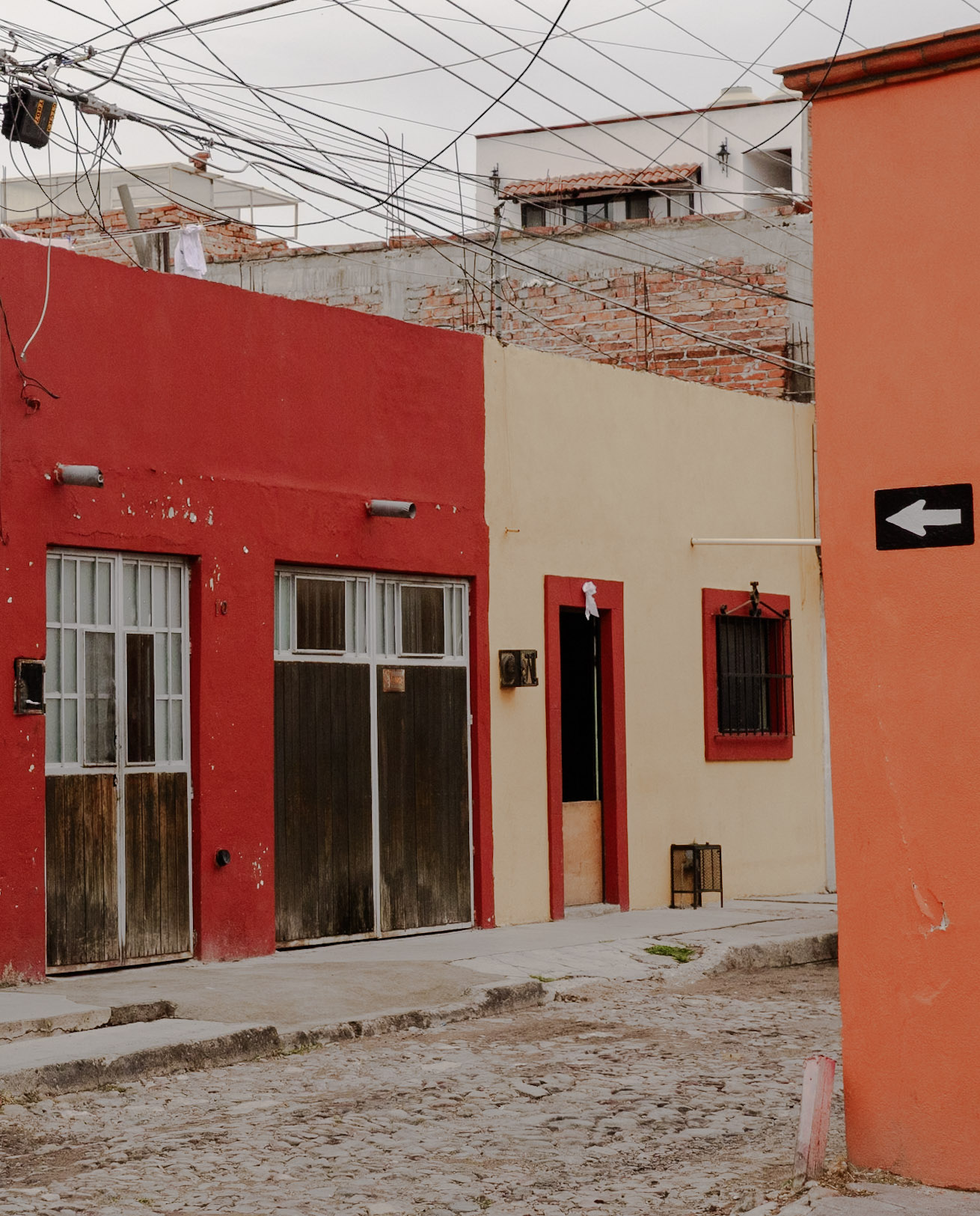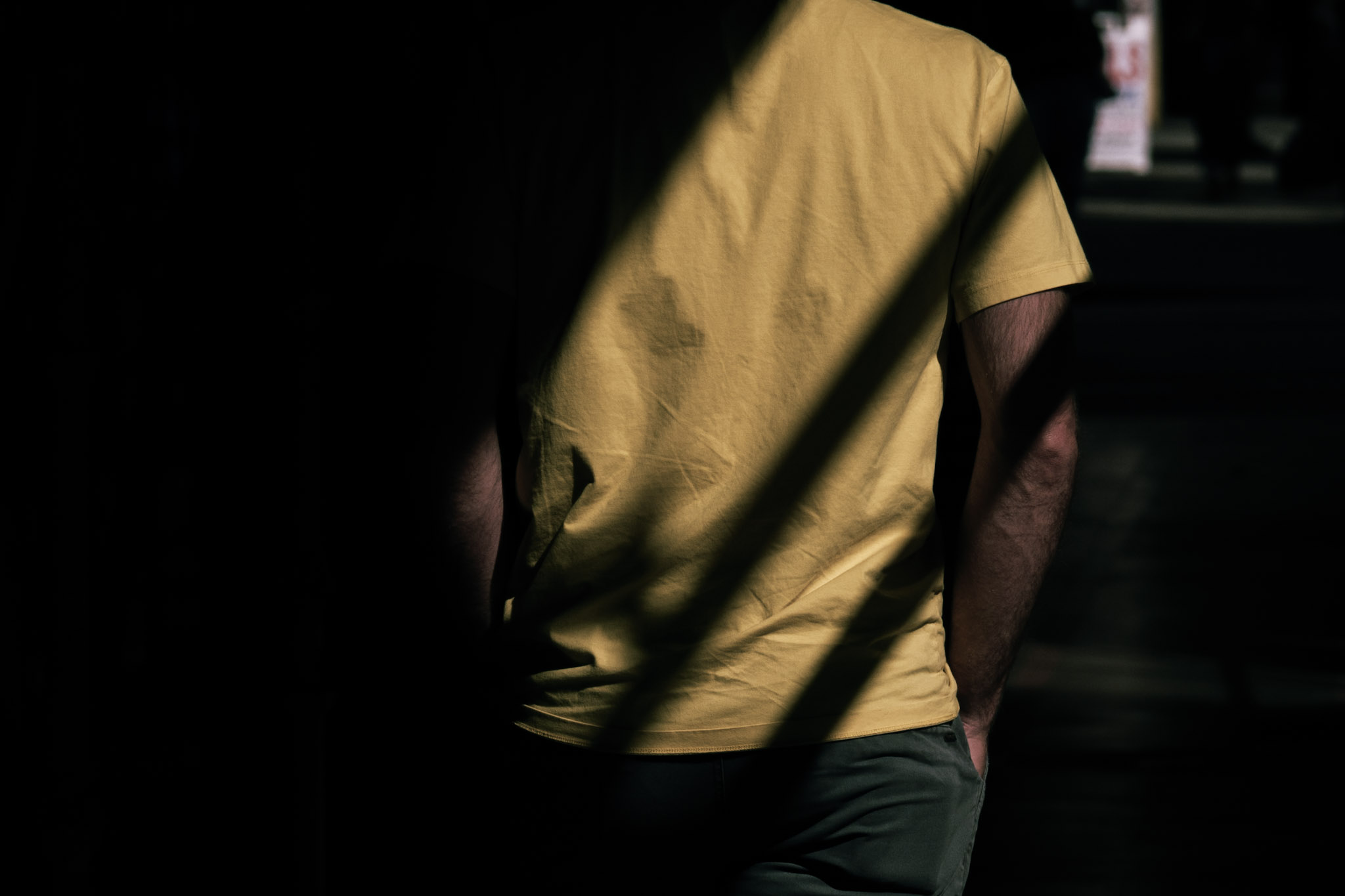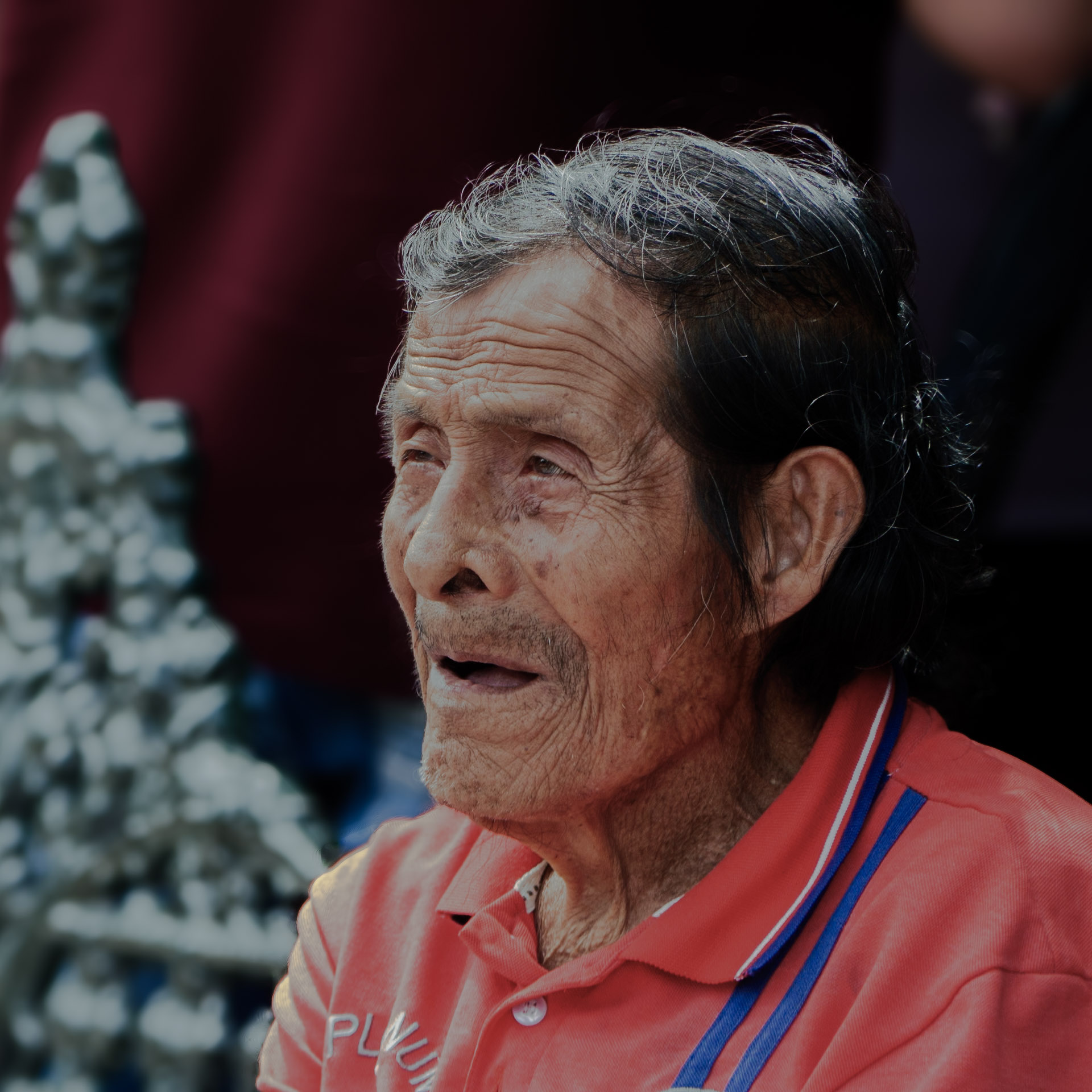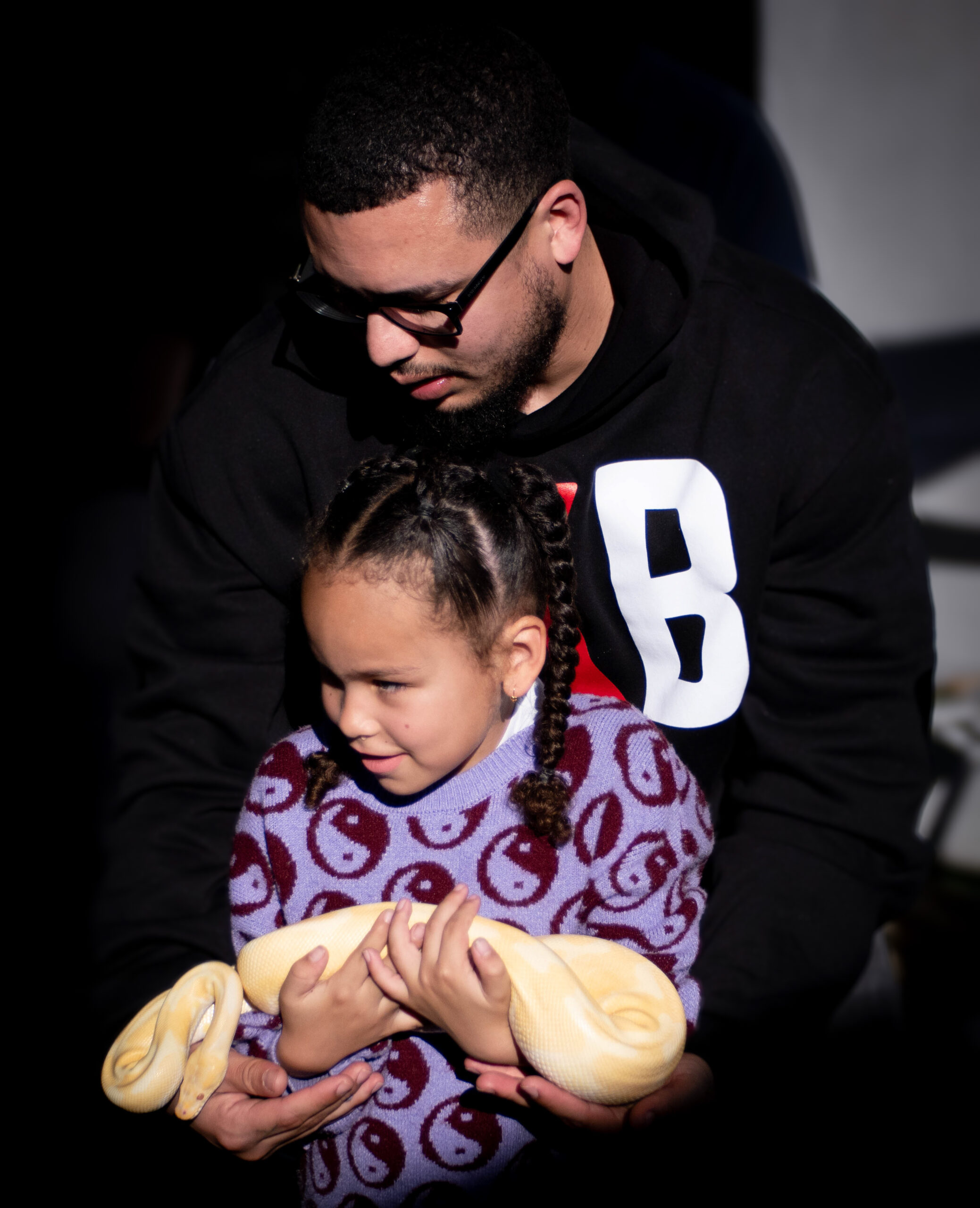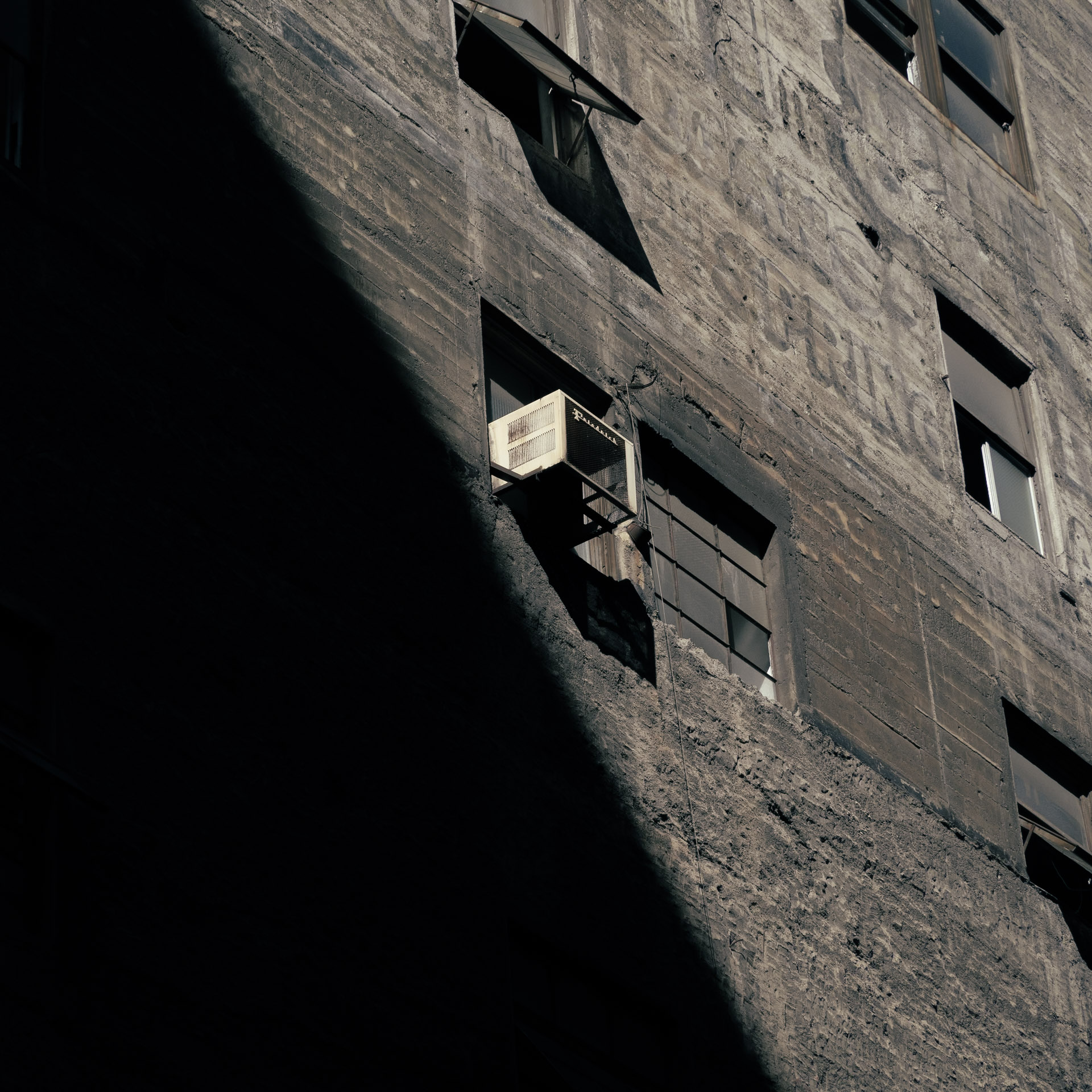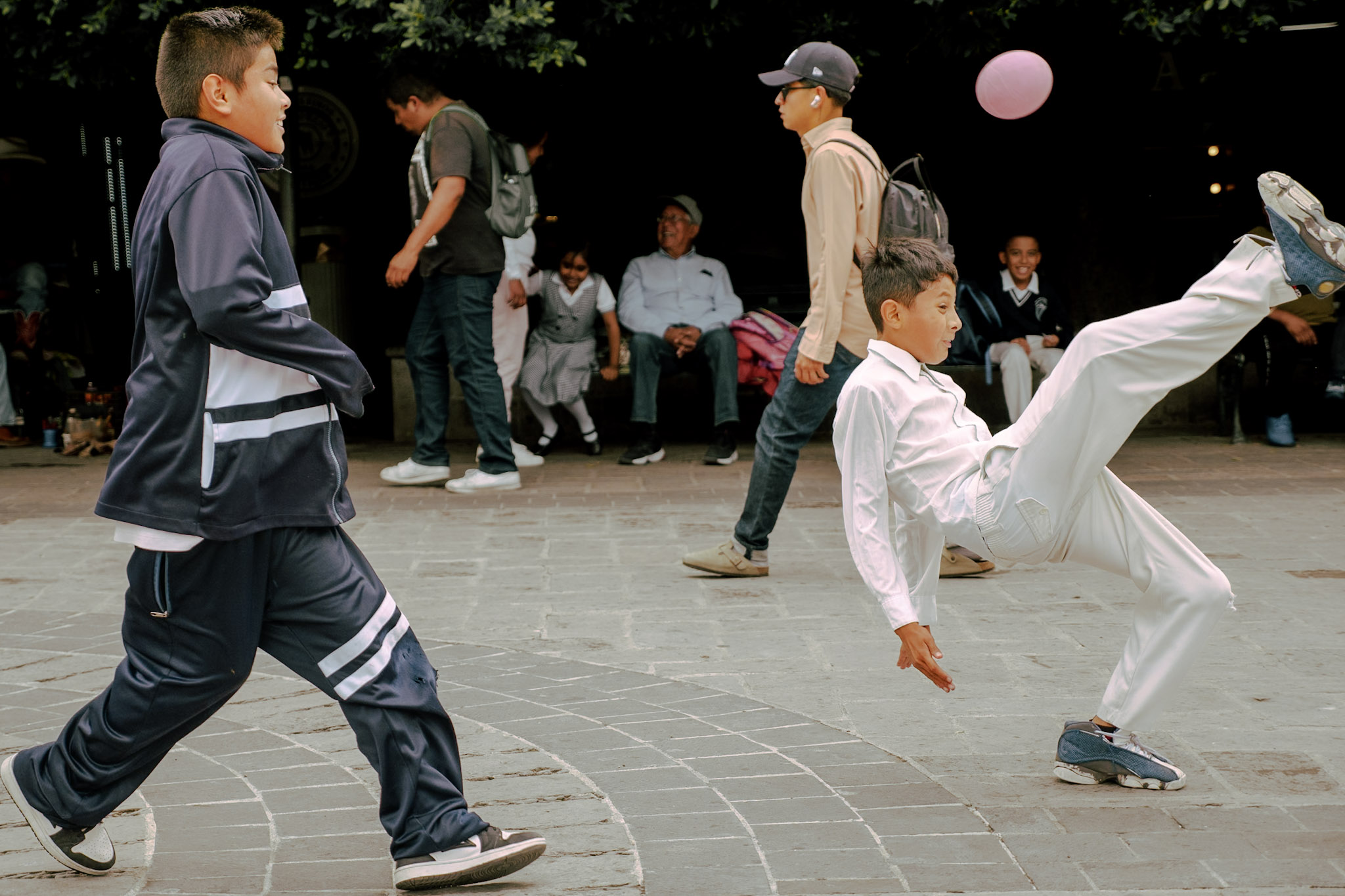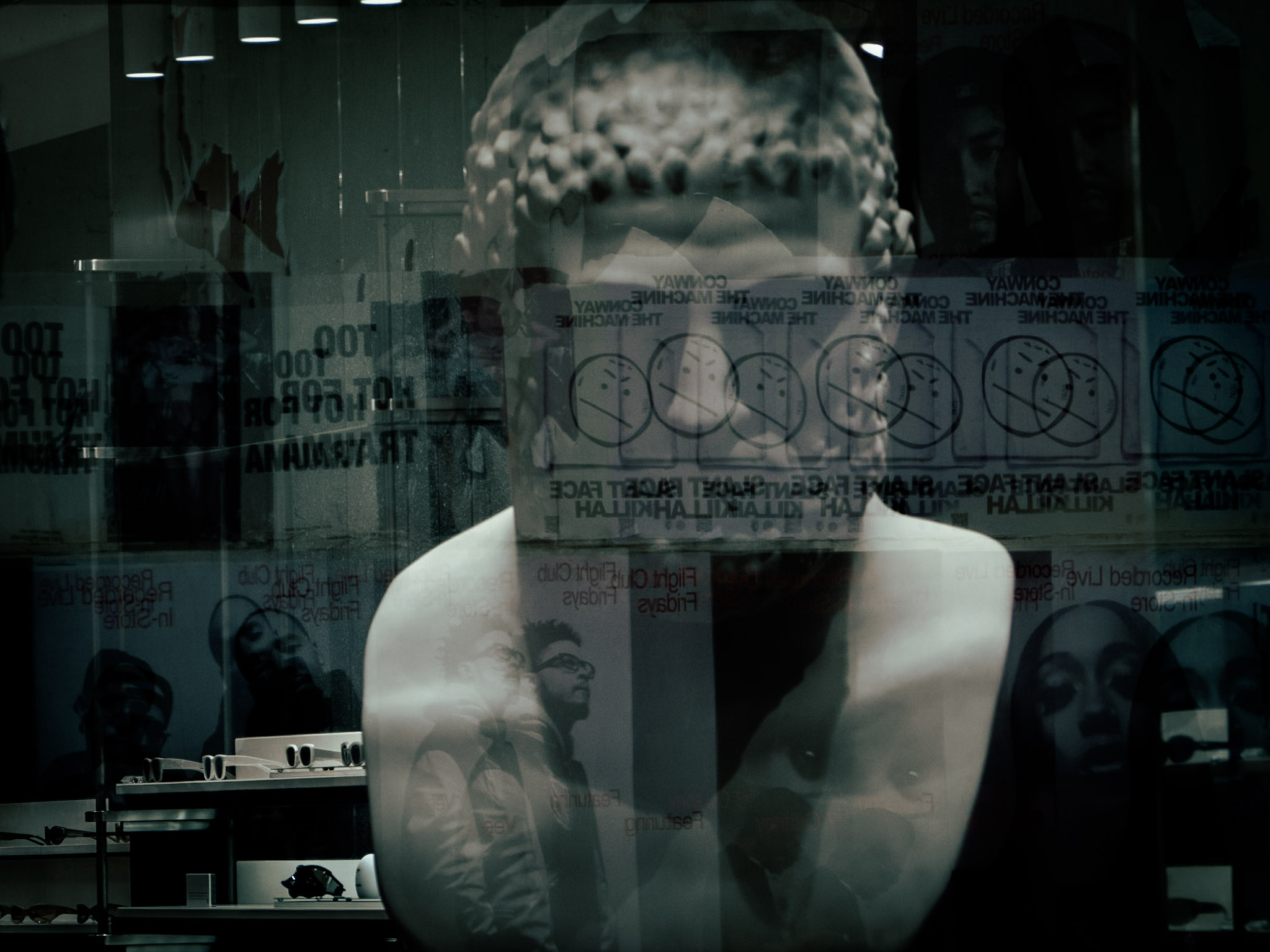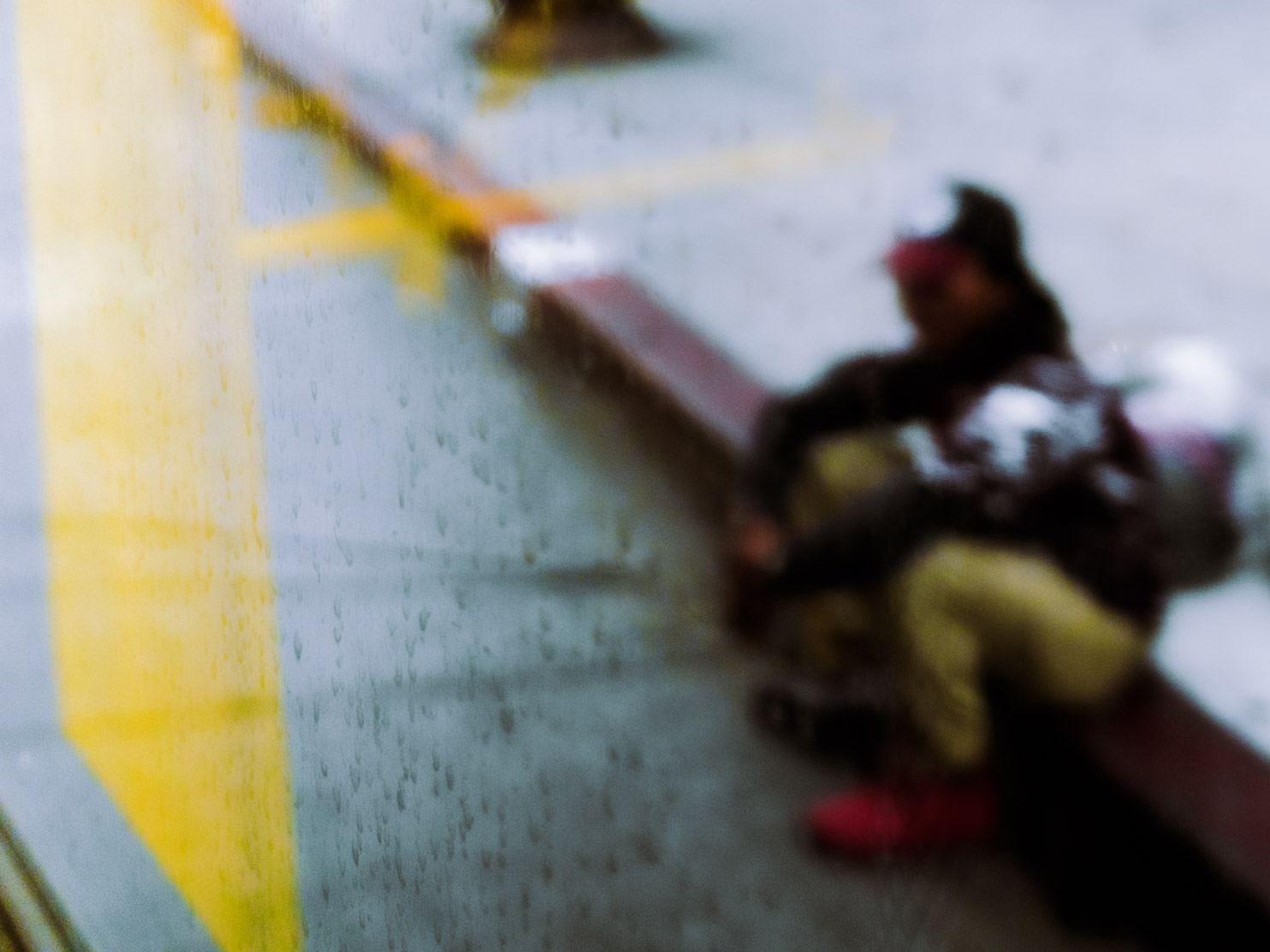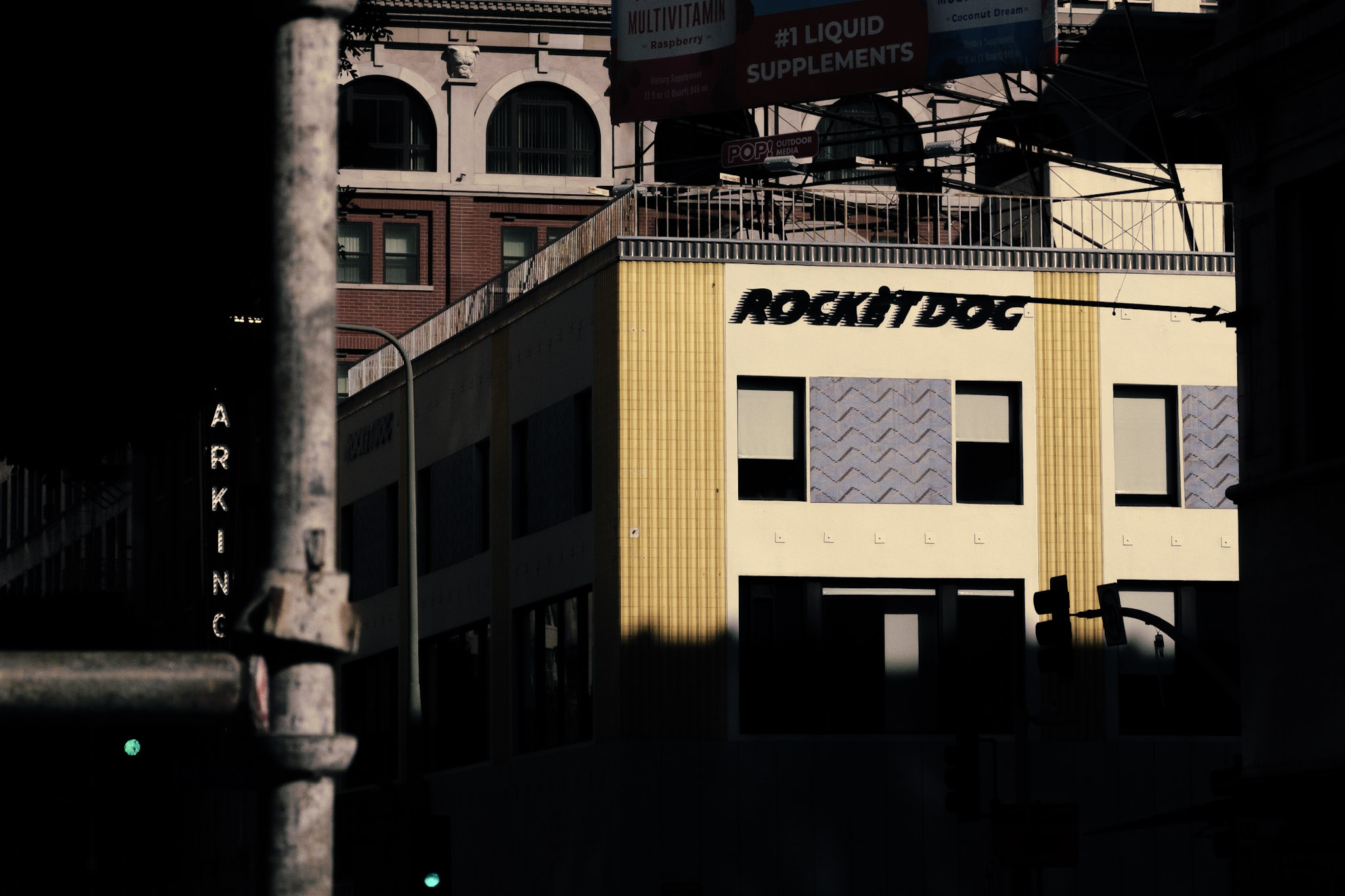Photography
My photographs examine the ways in which reality (the world as is) changes when meeting human consciousness (the world as perceived). In this respect I take a documentary approach to tell the story of a person place or thing, limiting set-up and manipulation, but employing artistic techniques to guide the viewer’s eye towards new representations of reality. I look for the symbolic essence of a scene, chasing expressive action and comportment in human subjects and/or arranging the other elements in striking, sometimes disruptive ways. I am often drawn to subtly strange and surreal elements within the mundane, the symbols hidden around us, which reveal the psychological contours of social reality, focusing on intersections of light and color, and emphasizing symbolic juxtaposition. I strive to make my photographic projects and series the visual equivalent of creative nonfiction, concerned with objectivity, but denying that it can exist in pure form, telling a truth but telling it slant (as Dickinson says).
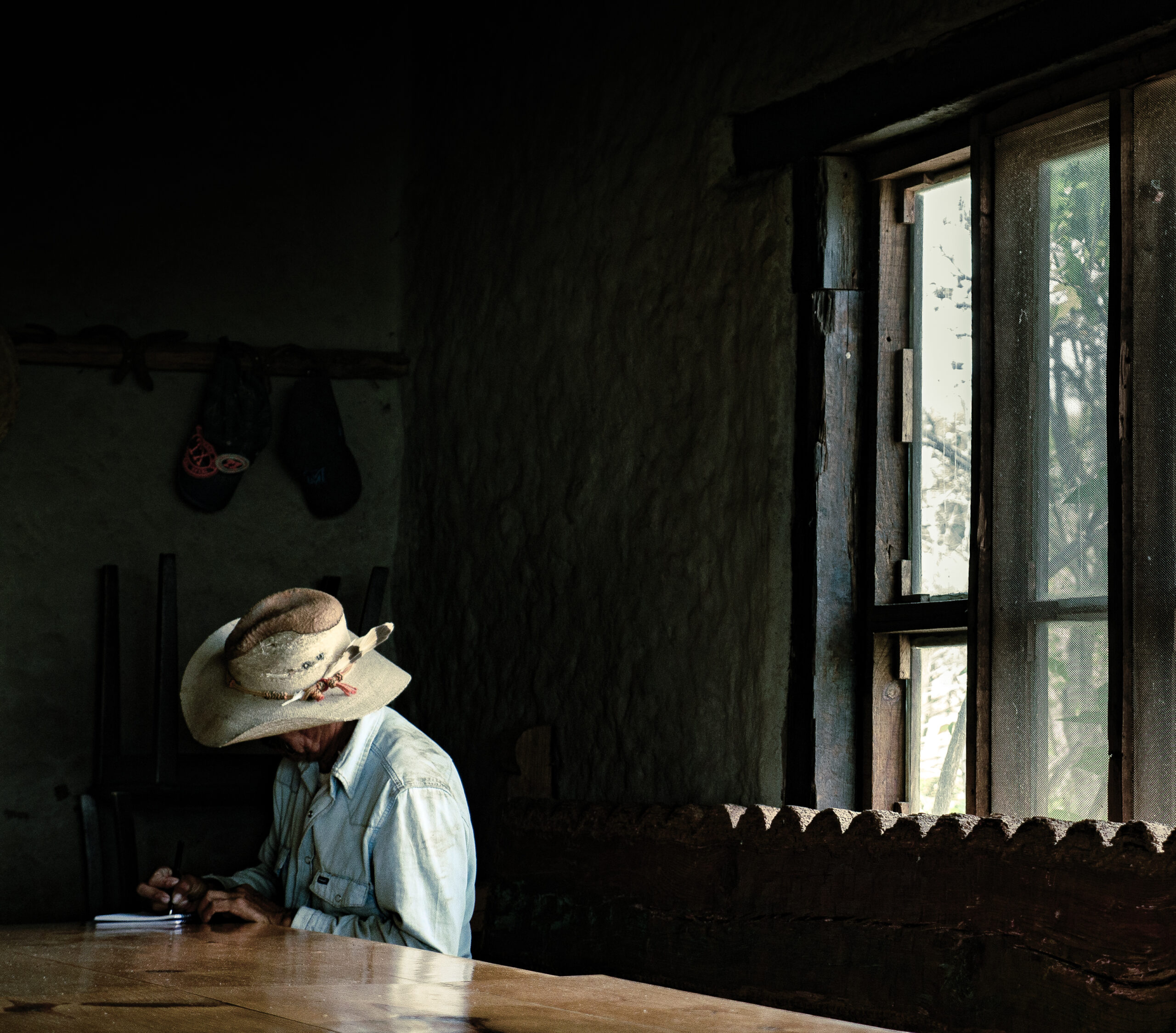
Conditioned to see the snake as a sly, sinister symbol, this perspective can be mitigated or amplified, or both, by the child’s obvious satisfaction, depending on our point of view and how we read the curtain of shadow. A contrary view of the snake as symbol is that it represents knowledge.
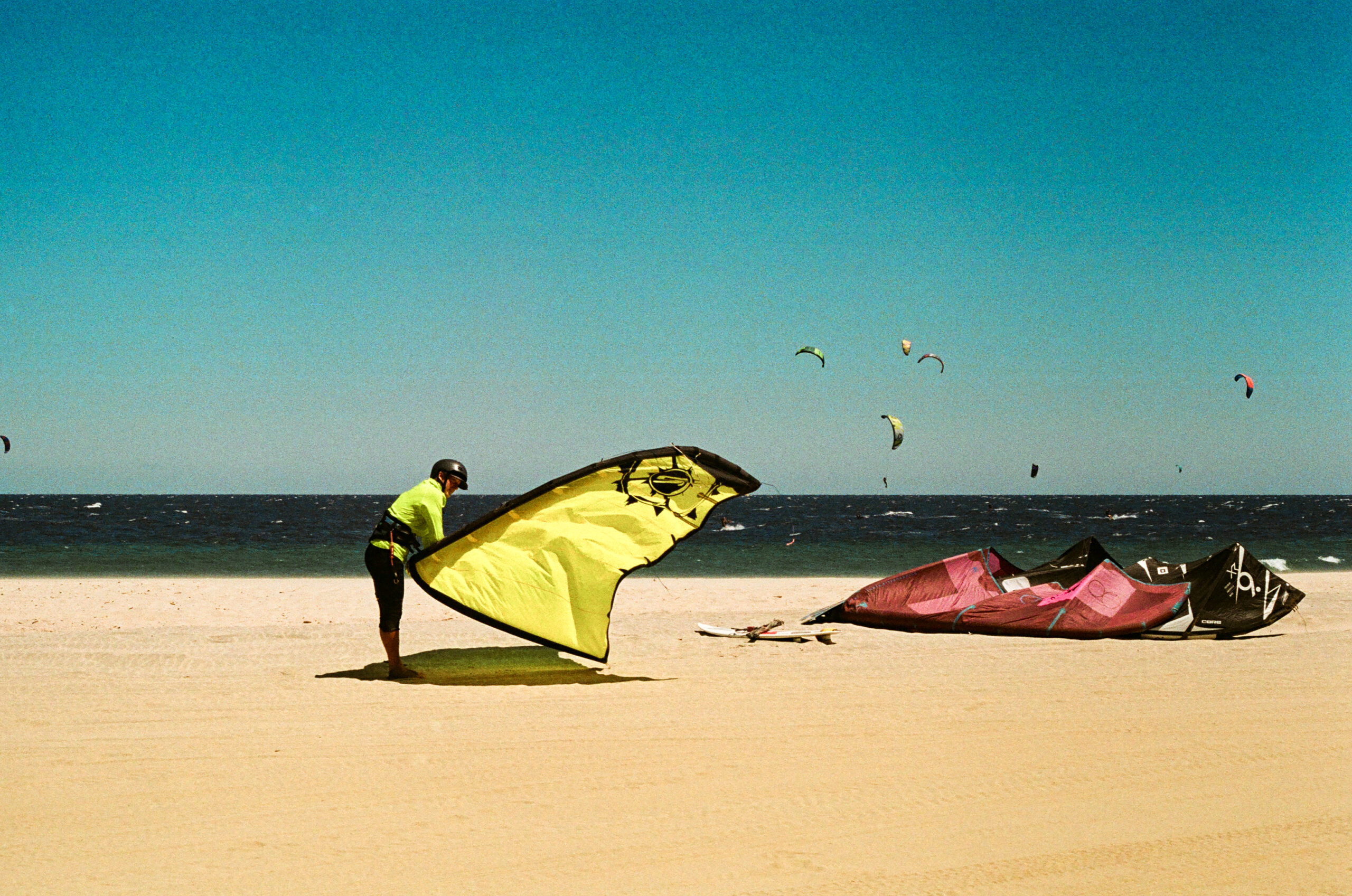
Facial expression as symbol applies equally to animals, whose inner-life is even more mysterious than our own.
This image relies on motion to tell its story, capturing the joyful exuberance of boys at play.
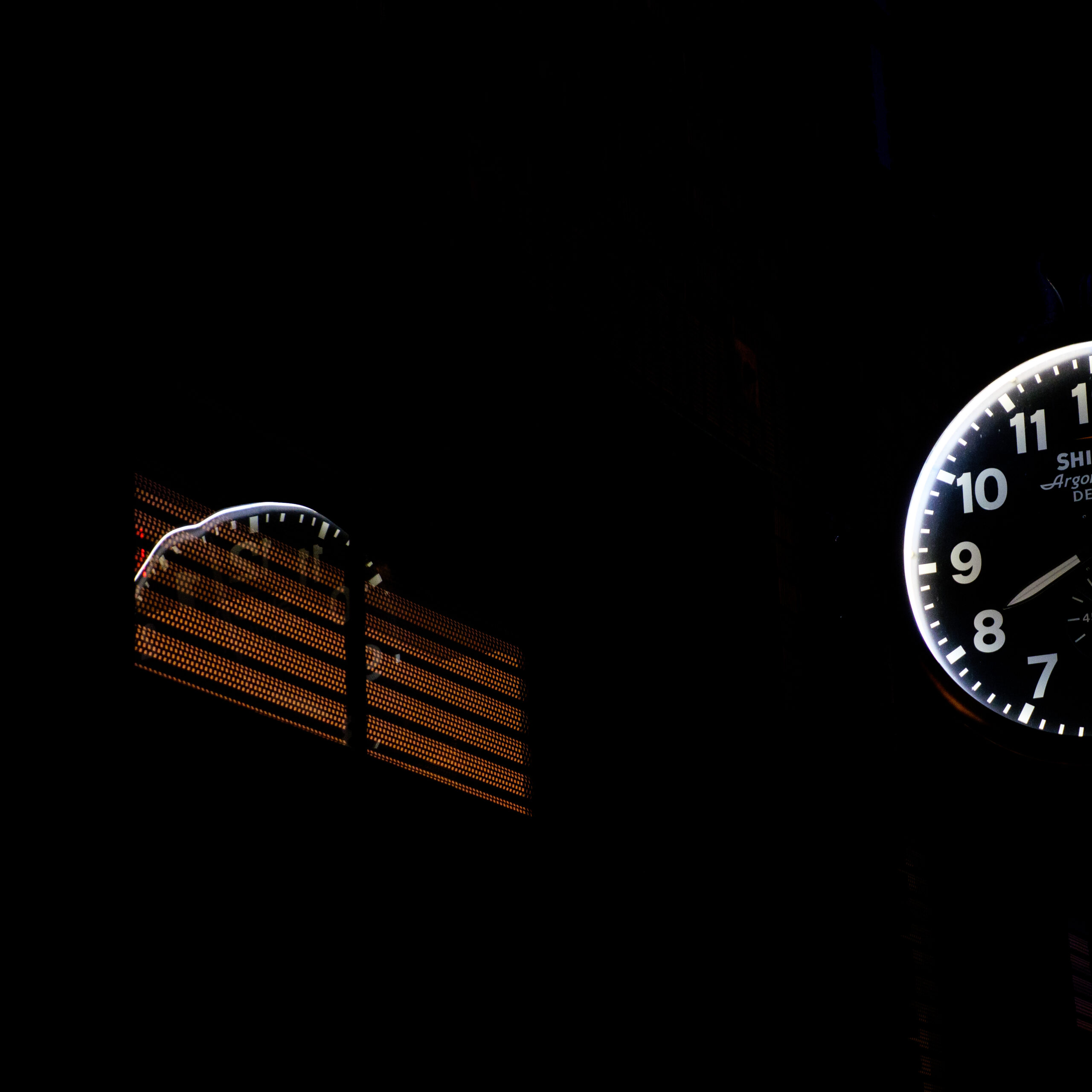
Time abstracted, hanging in the void it will inevitably precipitate. Nonetheless, time too is both elusive and subjective as suggested by the blurred reflection.
Like a display case in a museum, the reflections almost suggest the consciousness of the bust, dominated by the overwhelming, inescapable sequence of advertising and promotion that it is permenantly condemned to gaze at.
A frame within a frame places the subject in a position of contemplative isolation.
Stranger glimpsed from a bus; how many lives do we encounter in passing, blurred and indistinct. Nonetheless, the subject’s pose and position suggests a certain kind of mood.
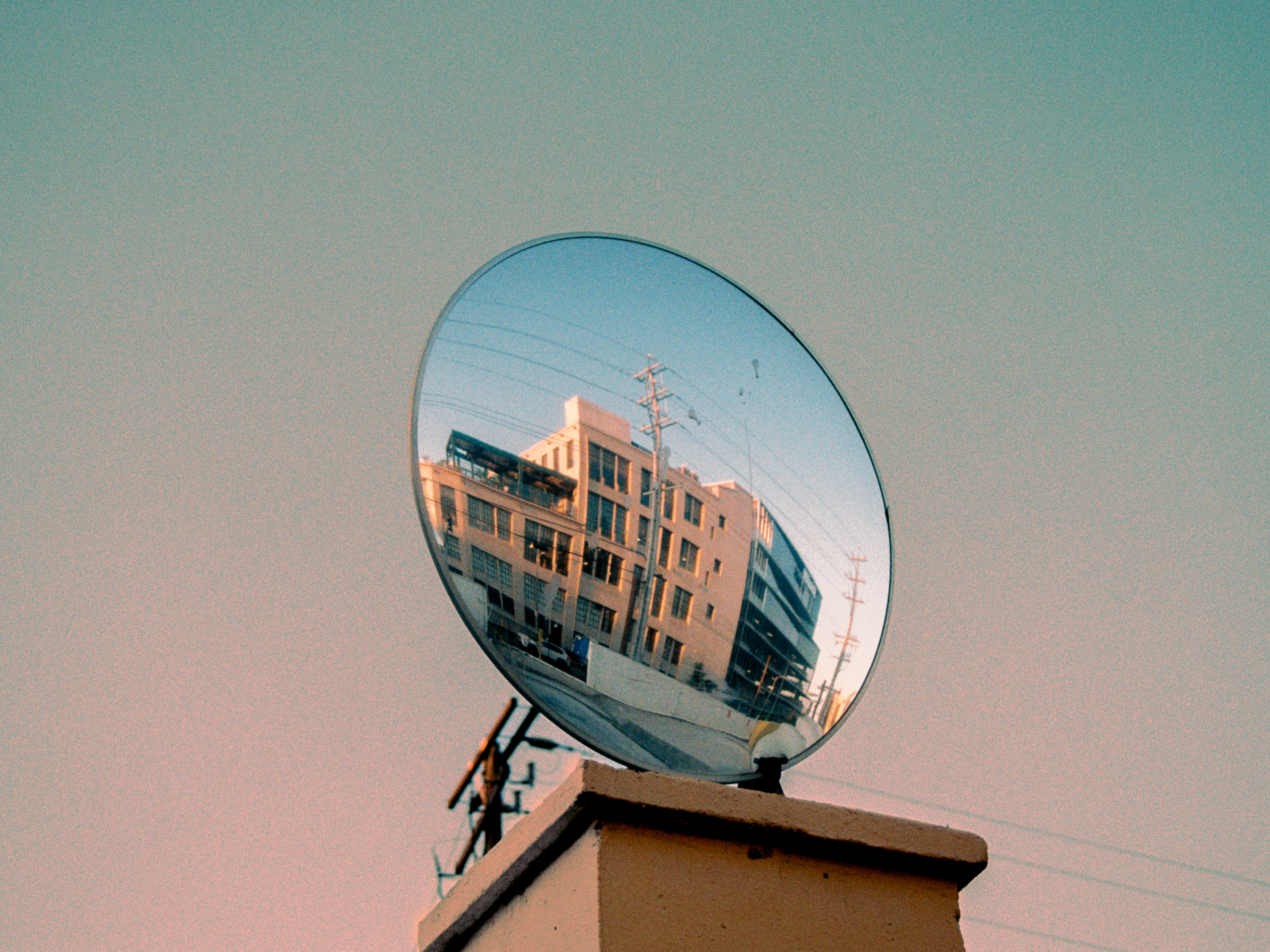
A portion of the city contained in but distorted by a circle. Reality is often experienced as such fragments, and the mirror itself brings to mind an eye receiving and processing a certain elements of its surroundings.

A modern monolith, there is something almost ancient about this instance of contemporary architecture, which becomes an abstraction when percieved from a particular perspective.

Composed by light and shadow, and rendered in brute monotone this overpass becomes something almost violent, resembling a metal blade plunging into the street below. This kind of symbolic violence is typical in many large, over-populated, fast-moving cities.
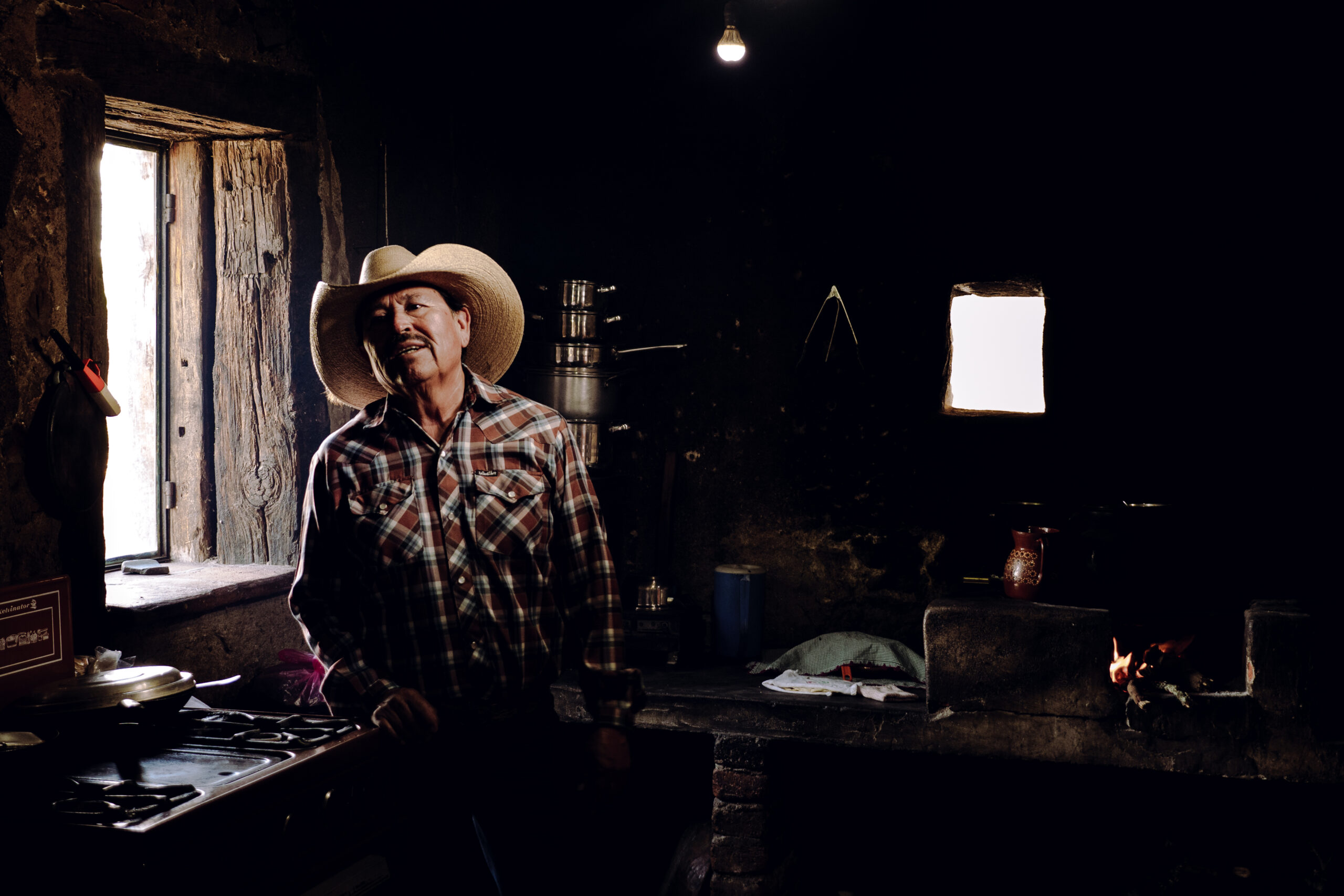

Another instance of beautiful isolation with the sparse elements and limited color scheme representing the simplicity of a child’s perspective, although this too remains obscure, glimpsed only from behind with his facial expressions witheld.
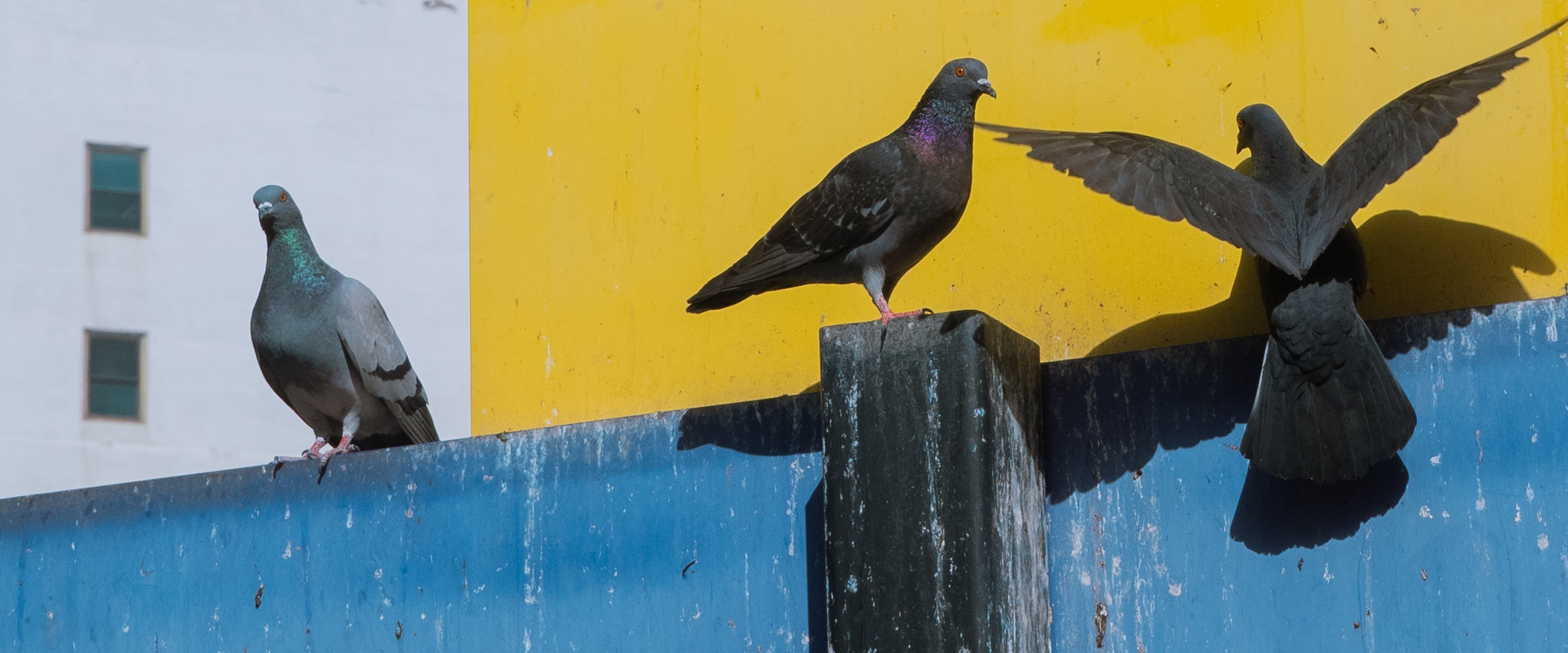
Urban eco-systems represent a world within the world. These pigeons have their own particular social system, which in this case suggests a conversation. The colors set a bright, lively tone.

